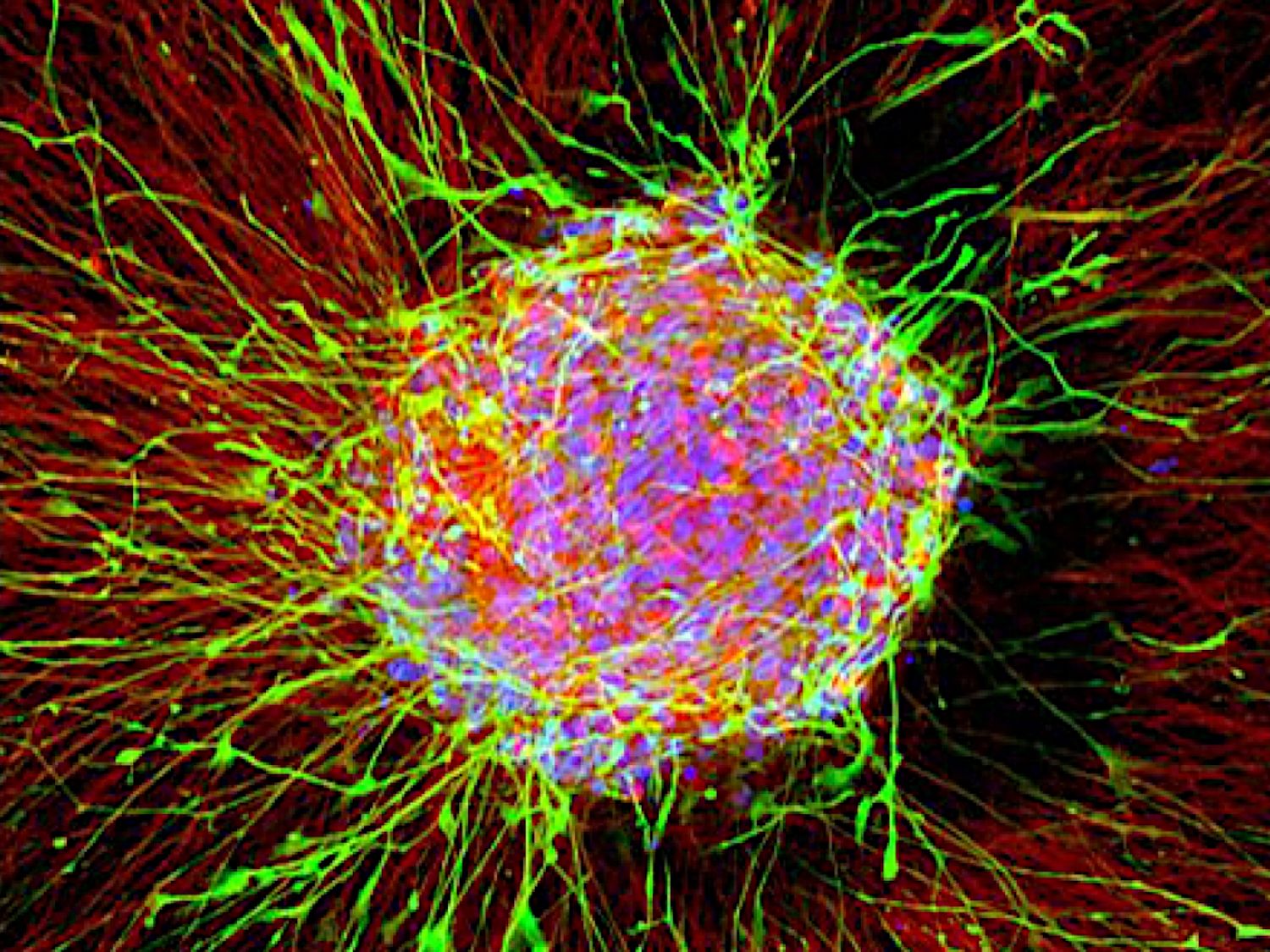
Which chemicals disrupt child development?
Information about whether industrial chemicals impede brain development is only available for a very small number of chemicals. A new procedure aims to fix this problem without using animal testing. At a conference organized by CAAT-Europe at the University of Konstanz, researchers as well as representatives from industry and regulatory authorities met with a delegation of the OECD to initiate new legislation.
There is next to no information available on the potential risks that thousands of industrial chemicals mass-produced in Europe pose to the development of the nervous systems of children and unborn babies (developmental neurotoxicity). Less than one percent of these chemicals has been tested on animals using traditional methods of testing for potential risks. This is despite the fact that the chemicals often find their way into products that we come into contact with every day – like household products or wall paints. The situation is not much better for chemicals that end up in food. Why is there such an information gap? Animal testing is extremely time-consuming and expensive. Thus, in most cases, only a minimal programme of testing is completed.
In order to bridge this gap, researchers from the University of Konstanz, in collaboration with project partners at other research institutions, have developed a test battery that can quickly and cost-effectively assess the potential developmental neurotoxicity of chemicals. The method uses human cell cultures and does not require any animal experimentation. At a conference hosted by the Center for Alternatives to Animal Testing in Europe (CAAT-Europe) at the University of Konstanz in April 2024, representatives from the fields of research and industry met with regulatory authorities and the OECD to initiate new global standards for testing the safety of chemicals.
More information online:
Why is the nervous system of children and unborn babies particularly vulnerable? Why is it especially difficult to identify chemicals that impede their development? And why is it a remarkable achievement in itself that OECD guidance has been introduced so quickly? Read more about this topic in the corresponding background article in the Science Backstage section of our online magazine.
